
Regulating Copper in San Francisco Bay: Importance of Appropriate Use of Aquatic Chemistry and Toxicology
G. Fred Lee, PhD, PE, DEE and Anne Jones-Lee, PhD
G. Fred Lee & Associates
El Macero, CA
Regulation of Copper and Other Heavy Metals in Urban Area Street and Highway Stormwater Runoff
Need for Biogeochemistry and Aquatic Toxicology to Develop Technically Valid, Cost-Effective Regulation of Heavy Metals
Presented at Fourth International Conference on the Biogeochemistry of Trace Elements, Berkeley, CA, June (1997).

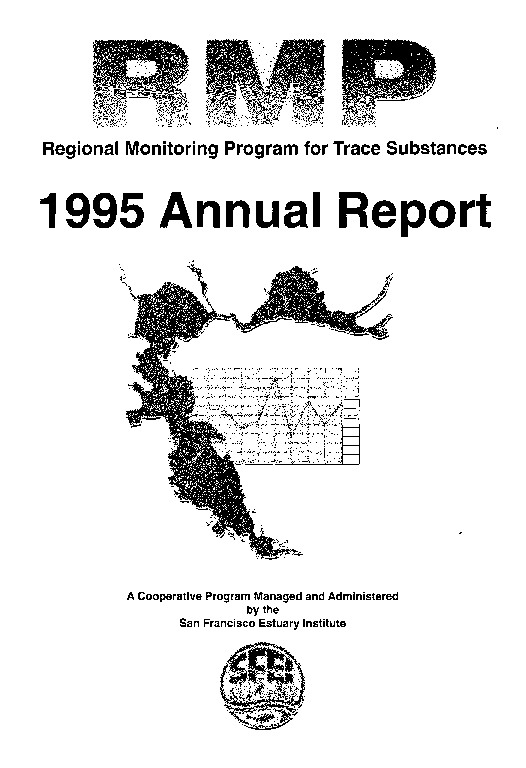

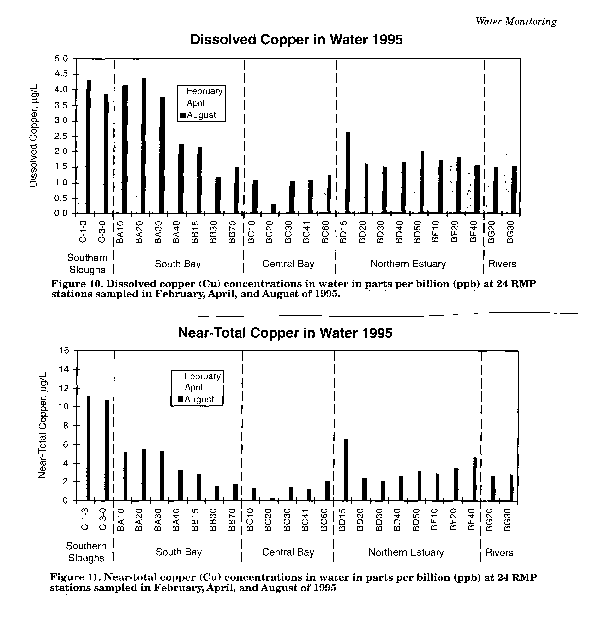

Water Quality Criteria for Copper in Marine Waters National Toxics Rule - December 1992 National Cu Criteria For: Salt water 1 Hour Average 2.9 �g/L SFRWQCB Site-Specific Objective 1995 Total Copper Objective 4.9 �g/L/hr average Based on Water Effect Ratio US EPA 1995 National Toxics Rule Convert Salt Water 1 Hr Average Total Copper to Dissolved Copper Multiplied by 0.83 San Francisco Bay Dissolved Copper Site-Specific Objective is 4.1 �g/L San Francisco Bay Waters in 1995 Showed Exceedances of the Total and Dissolved Copper Site-Specific Objectives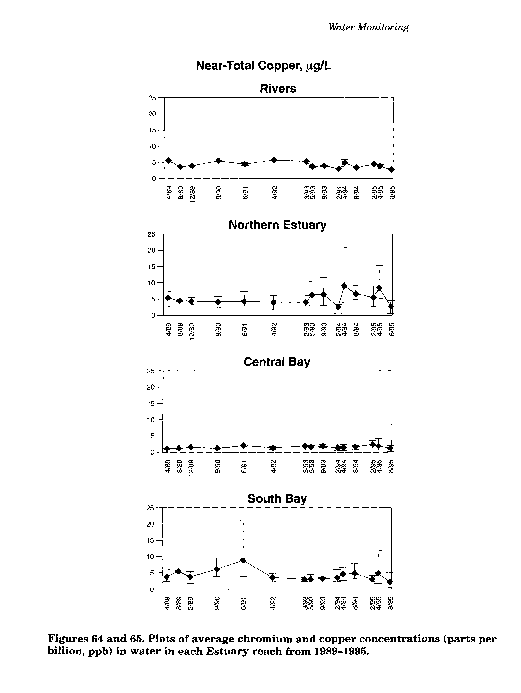

4 Day Average 2.9 �g/L

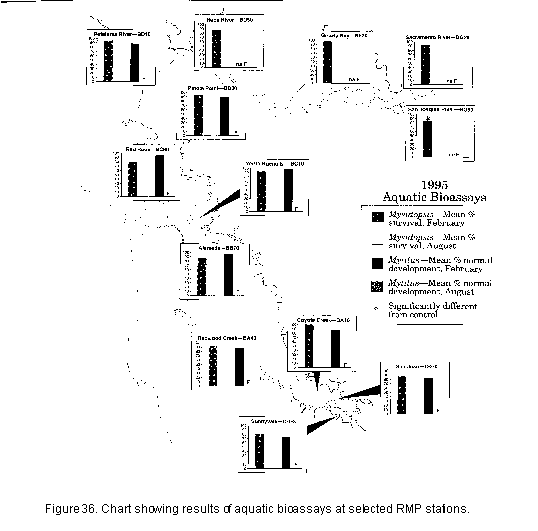

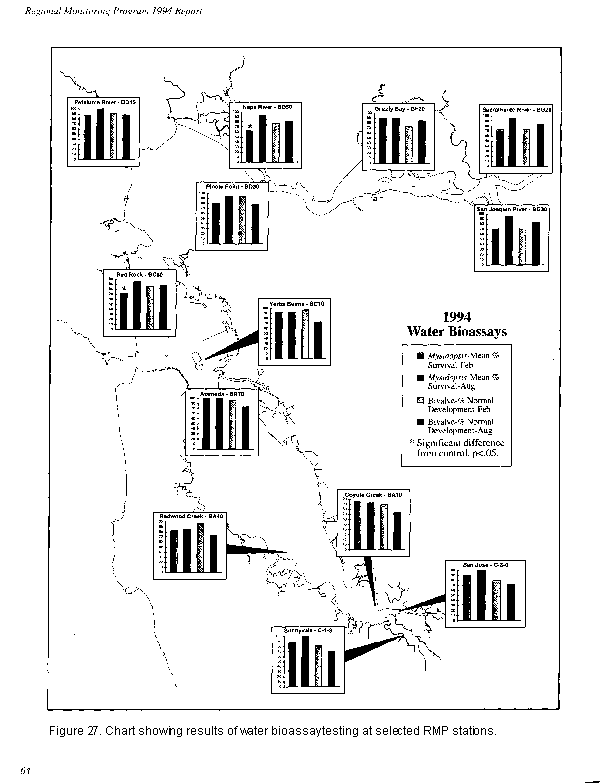
Clean Water Act Requirements
Exceedance of Water Quality Standard for More than Once in Three Years
ß
Water Quality Limited
ß
Waste Load Allocation
ß
Total Maximum Daily Loads
ß
Phased Approach
ß
If the Phase 1 Load Reductions Do Not Result in Achieving Site-Specific Water Quality Objective So There Is No More than One Exceedance of Any Magnitude Every Three Years, Establish New TMDLs for Phase 2
Mass Loading Limits for Copper by 2003
|
Stormwater Runoff |
20% |
(SFRWQCB, 1993)
Not Based on Copper Load Bay Concentration Response Relationship

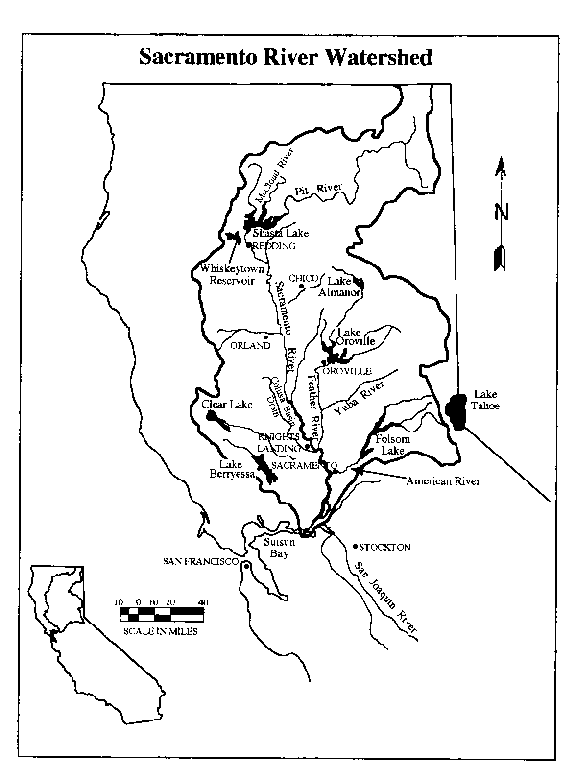

Copper Regulatory Issues
Copper of Concern Because of Potential Toxicity to Aquatic Life
National Criterion Based Principally on Copper Toxicity to Mytilus edulis Larvae
San Francisco Bay Water with "Excessive" Copper Non-Toxic to Mytilus edulis Larvae
Where Is the Water Quality Problem?
"Administrative" Exceedance - Not Related to Water Quality Use Impairment
Over-Regulation
Copper in San Francisco Bay Water in Non-Toxic, Non-Available Form

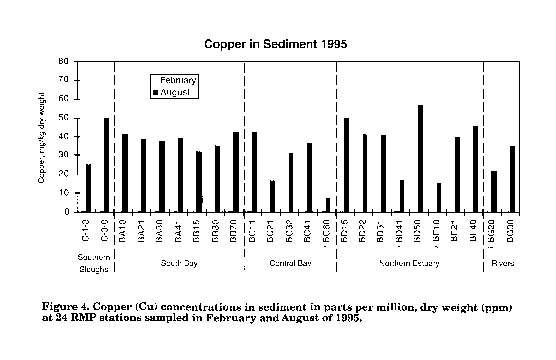



San Francisco Bay Sediment Copper Issues
San Francisco Bay Sediments, In General, Do Not Contain Elevated Concentrations of Copper
Average Copper in California Soils - 50 mg/kg
San Francisco Bay Shallow Sediments Stirred into the Water Column with Each Storm
Will Not Achieve Water Quality Standards with Only One Exceedance Every Three Years, Even if All Copper Inputs to the Bay Terminated
Phased Approach for Copper Control for San Francisco Bay Technically Invalid and Could Result in Expenditures in Excess of $1 Billion to Try to Meet Regulatory Requirements, Ultimately Failing to Achieve Them
- - - - - - - - - -
Toxicity of San Francisco Bay Sediments Not Related to Copper Content

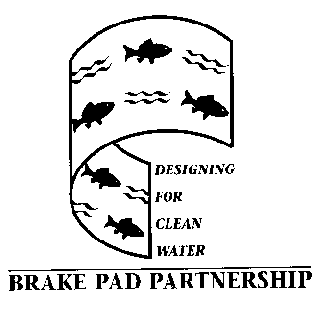

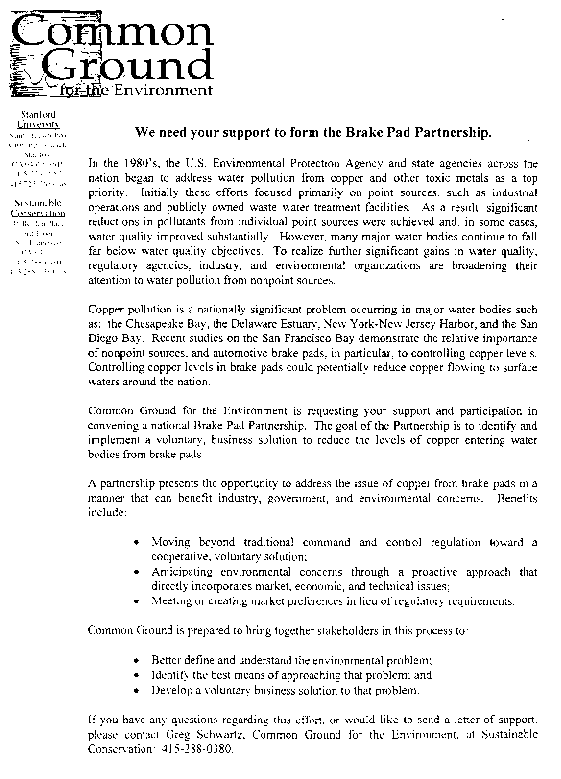

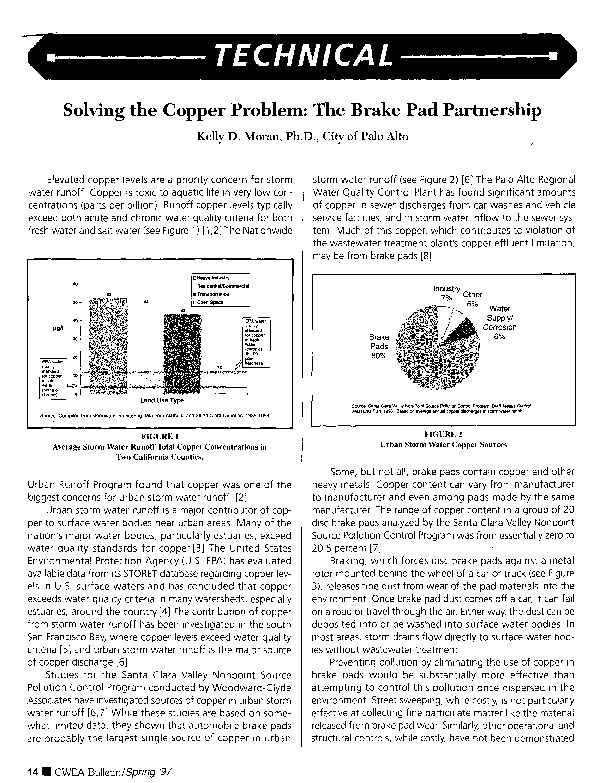

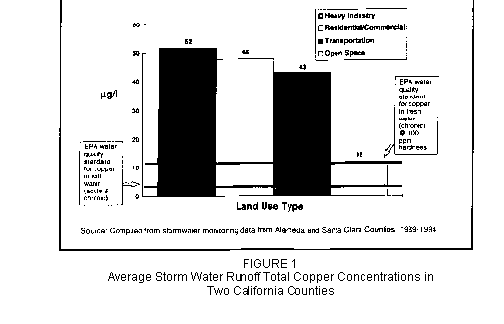

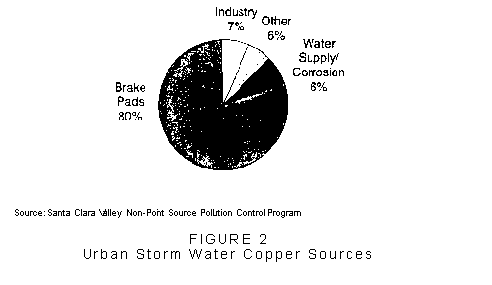

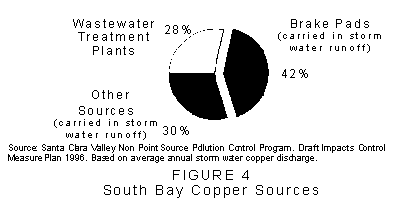
Auto Brake Pad Copper Substitution Issues Based on Current Information, Auto Brake Pad Copper Substitution is a Mis-Directed Effort Where is the Real Water Quality Use Impairment Due to Copper Exceedance of Water Quality Objectives? Administrative Will Disappear If Independent Applicability Policy Terminated Substitute for Copper Could Cause Real Water Quality Problems Alternatives Not Properly Evaluated for Public Health and Environmental Impacts Should Focus Water Pollution Control Resources on Finding Real, Significant Water Quality Use Impairment--i.e. Organophosphorus Pesticides Search for Problems Due to Copper in Auto Brake Pads If Found, Implement Control After Proper Evaluation of Alternative Materials Pollution Prevention Removal of Copper from Auto Brake Pads Advocated As a "Pollution Prevention" Activity Pollution Is an Impairment of the Designated Beneficial Uses of a Waterbody No Pollution Found for Copper Currently Present in San Francisco Bay Water and Sediments Pollution Prevention Should Be Based On Pollution Control and Not Chemical Constituent Control Requires Comprehensive Investigation of Aquatic Chemistry and Toxicology of Potential Pollutants


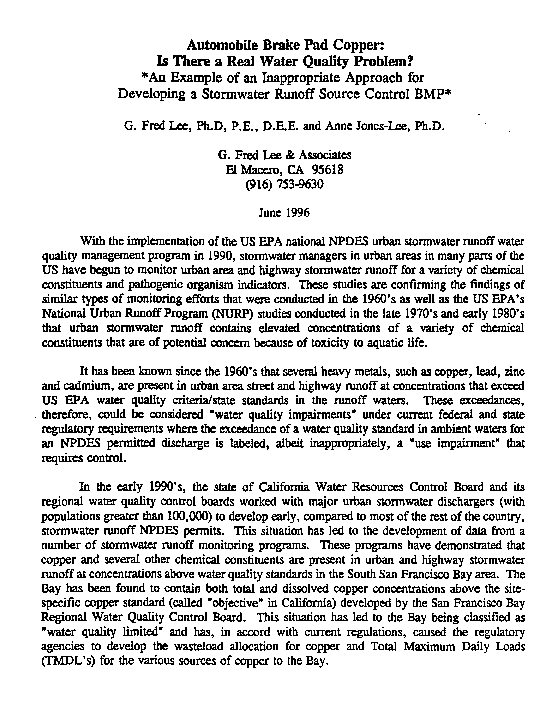
Validity of US EPA Water Quality Criteria
to Estimate Toxic Concentrations of Chemical
Criteria Assume Worst-Case Conditions - 100% Toxic/Available Forms and Chronic - Extended Periods of Exposure
Only Small Part of the Total Copper Toxic
Aqueous Chemistry and Toxicology of Copper in Marine Waters Such That Worst-Case Assumptions Over-Estimate Actual Toxicity

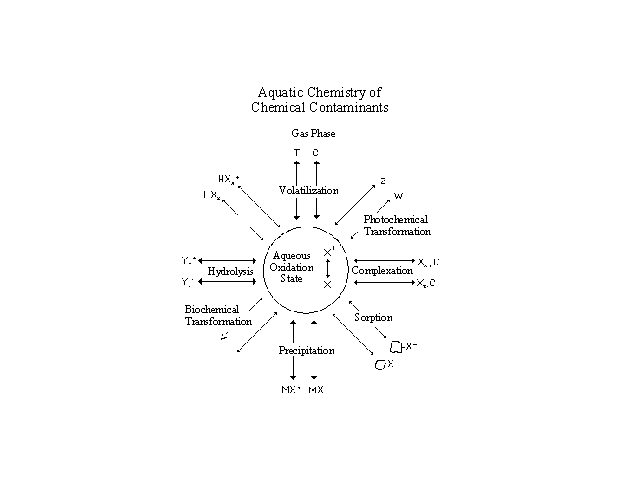
Water Effect Ratio Adjustment
Measure Toxicity of Copper in Standard Lab Water and in Bay Water, Use Ratio to Adjust Water Quality Objective
Water Effect Ratio = (Site Water LC50) / (Lab Water LC50)
Only Considers Short-Term Equilibration, Does Not Consider Total and Dissolved Slow Equilibration
Underestimates Water and Specific Chemical Form Impacts

Relationship Between Analytical Chemistry and Water Quality
Poor Relationship Between Analytically Measured Concentrations and Water Quality Impacts
Purpose of Water Pollution Control
Protect and Where Degraded, Enhance Designated Beneficial Uses of Waterbody for Aquatic Life-Related Beneficial Uses
Cannot Use Chemical Analysis to Predict Toxicity
Must Use Bioassays - Toxicity Test as Primary Regulatory Tool
Need Research on Chemical Species Toxicity Test Results


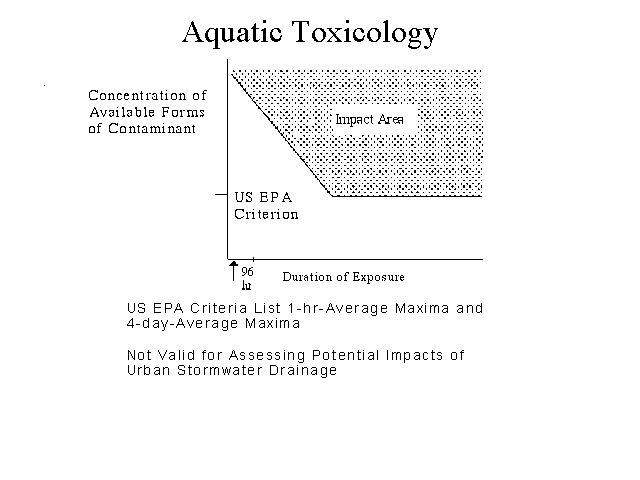

Urban Stormwater Runoff Water Quality Impacts
New Regulatory Area
US EPA 1990 Stormwater Runoff Water Quality Management Program Requires Controlling Pollution of Receiving Waters for Stormwater Runoff to the Maximum Extent Practicable Using Best Management Practices (BMPs)
Urban Area Streets and Highway Stormwater Runoff Contains Several Heavy Metals Such as Cu, Pb, Cr, Zn, Hg and As at Excessive Concentrations Compared to US EPA Water Quality Criteria
If Urban Stormwater Runoff Regulated to the Same Degree as Domestic Wastewaters-No Exceedance of Water Quality Standard Outside of Mixing Zone, Will Cost Urban Dwellers $1 to $2 per Person per Day
Must More Reliably Evaluate Real Water Quality Impacts of Stormwater Runoff-Associated Constituents
Rarely Are the Heavy Metals In Stormwater Runoff from Urban Area Streets in a Toxic-Available Form

Independent Applicability Policy
US EPA Adopted Independent Applicability Policy in Early 1990s
No Public Review
Requires Attainment of Chemically-Based Water Quality Criteria/Standards Even If Biological Assessments - Toxicity and/or Organism Assemblages Show No Impacts Due to the Chemical Present in Excess of Criterion/Standard
Leads to Administrative Exceedances of Criterion/Standard Without Adverse Impacts on Beneficial Uses of Water
Technically Invalid and Wasteful of Public Funds
Focuses on Chemicals Rather than Chemical Impacts
Ignores Purpose of Water Quality Management
Protection of Beneficial Uses
US EPA Announced Proposed Rulemaking
Possible Change Independent Applicability Policy



Suggested Regulatory Approach
Do Not Regulate Based on Worst-Case Criteria/Standards Where Exceedances Require Establishing TMDLs
Use Exceedance of Criterion as an Indicator of Potential Water Quality Problems
If Exceedance of Water Quality Criteria Found for Potentially Toxic Chemicals, Allow Discharger/Source Option of Complying With the National Chemical Criteria or Demonstrating Lack of Biological Impact-Toxicity

Problems With Conventional Water Quality Monitoring
of Stormwater RunoffConventional Monitoring of Runoff/Discharge Water for Suite of Chemical Parameters Produces Little Useful Information on Water Quality Impacts
Focus on Exceedance of Water Quality Criteria
Urbonas & Torno, ASCE Stormwater NPDES Related Monitoring Needs (1994) Conference Summary,
"Very little meaningful monitoring is being directed toward measuring the actual effect of stormwater discharges on the short- or long-term health of the environment. Furthermore, there is no consensus on how this monitoring should be done."
Roesner in Same Conference Discussion,
"....the course we are taking with the NPDES stormwater permitting program is going to cost municipalities a lot of money, but is not going to result in any significant improvement in the quality of our urban receiving water systems."

Factors That Must Be Considered in Translating Runoff
Concentrations to Potential Aquatic Life Water Quality ImpactsStormwater runoff
Need Information:
- measured concentration of constituent during runoff event - concentration time profile
- discharge of the runoff waters during runoff event - hydrograph
- analytical chemistry of the method used for analyses - what chemical species are measured
Receiving waters
Physical factors - Need Information:
Currents, tides - transport-advection Mixing-dispersion Biological factors - Need Information:
Diel migration
- Duration of organism exposure to toxicant
- Organism movement - locomotion
- Sensitivity to toxicants
- Organism assemblages - resident populations relative to habitat characteristics
Chemical factors - need information:
- Aquatic chemistry
Kinetics and thermodynamics of reactions
Additive, synergistic and antagonistic reactions and impacts
- Toxic and non-toxic, non-available forms
- Background concentrations of constituents of concern

Evaluation Monitoring As An Alternative to Conventional
Water Quality Monitoring and ManagementNeed Alternative Monitoring/Evaluation Approach to Determine if Real Water Quality Use Impairments Are Occurring in Receiving Waters for Urban Stormwater Runoff
Metals and Many Other Constituents in Urban Area and Highway Stormwater Runoff in Particulate, Non-Toxic Forms
Episodic, Short-Term Exposures Occur with Stormwater Runoff Events
Rare that Real, Significant Water Quality Use Impairments Will Occur from Urban Area and Highway Stormwater Runoff-Associated Constituents

Evaluation Monitoring
Find a Real Water Quality Use Impairment in Receiving Waters for Stormwater Runoff that is Due to Stormwater Runoff-Associated Constituents
Rather Than Measuring Suite of Potentially Toxic Chemicals, Measure Toxicity in Runoff Waters and Receiving Waters
Technically Valid, Cost-Effective Approach

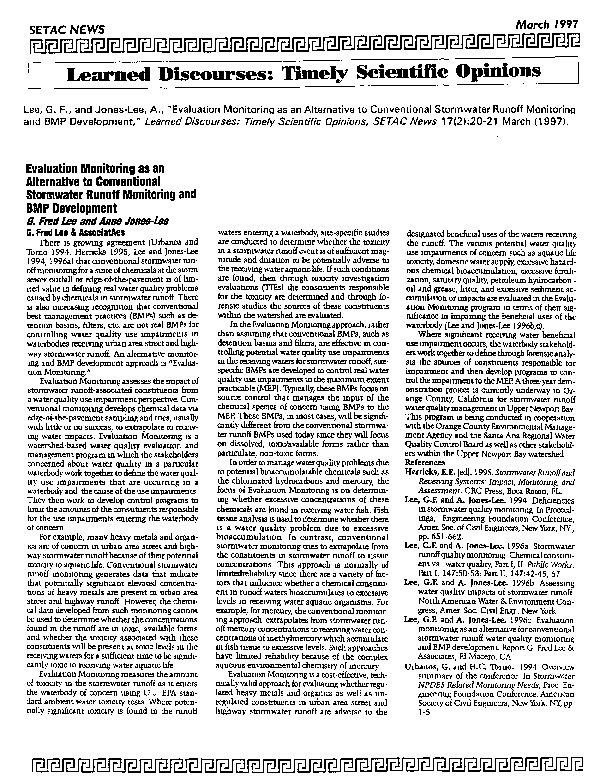

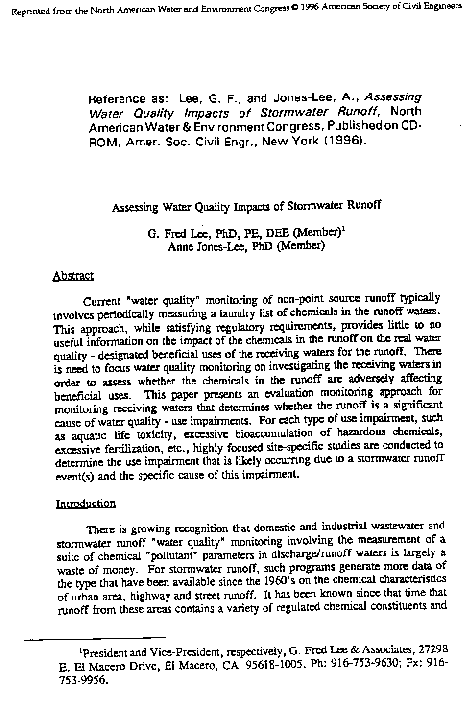
Possibility of Copper-Caused, Non-Detected, Subtle
Water Quality Impacts
While No Identified Water Quality Problems - Use Impairments Have Been Found - No One Can State With Certainty that No Subtle Problems Will Be Found in the Future
Evaluation Monitoring Requires that Funds Be Made Available to Search for Subtle Water Quality Use Impairments
Prioritize Water Quality Use Impairments - Focus on Most Important Problems
With Limited Financial Resources Available for Water Pollution Control, Focus the Funds Available on the Most Significant, Readily Discernible Water Quality Use Impairments
Search for More Subtle Problems
Conclusions

References as:"Lee, G.F. and Jones-Lee, A., 'Regulating Copper in San Francisco Bay: Importance of Appropriate Use of Aquatic Chemistry and Toxicology,' Presented at Fourth International Conference on the Biogeochemistry of Trace Elements, Berkeley, CA, June (1997)."

|
|
|
|
|
|